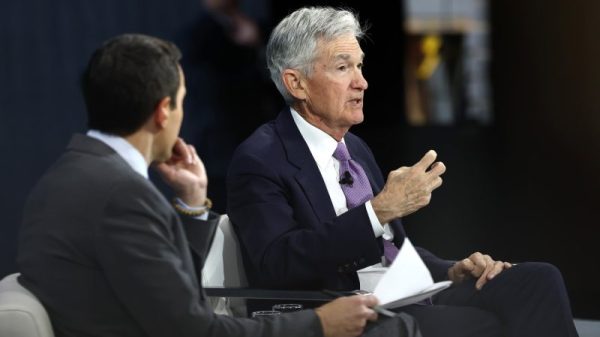The recent surge in job creation in the U.S. during the month of February has brought about a mix of positive and concerning outcomes for the labor market. With an impressive addition of 275,000 jobs, surpassing expectations, it initially appeared as a beacon of hope. However, the simultaneous increase in the unemployment rate paints a more complex picture. This juxtaposition highlights the multifaceted nature of economic recovery and the need for a comprehensive approach to address the challenges faced by both job seekers and employers.
The strong job growth in February undoubtedly signifies a positive trajectory for the U.S. economy. The addition of 275,000 jobs across various sectors indicates a growing demand for labor and reflects increasing economic activity. This surge in hiring not only benefits individuals who secure new employment but also contributes to overall economic growth by boosting consumer spending and increasing tax revenues. The fact that these figures exceeded economists’ expectations further reinforces the notion that the U.S. economy is gradually recovering from the impact of the pandemic.
On the flip side, the rise in the unemployment rate presents a more nuanced picture of the labor market dynamics. While an increase in the unemployment rate might seem counterintuitive in the face of significant job additions, it is important to consider the underlying factors contributing to this trend. One possible explanation could be the influx of individuals reentering the labor force after being discouraged from job hunting during the height of the pandemic. As these individuals resume their job search, they are classified as unemployed until they secure new employment, thus temporarily inflating the unemployment rate.
Additionally, the mismatch between the skills demanded by employers and those possessed by job seekers could also be a contributing factor to the rise in the unemployment rate. As industries evolve and adapt to changing market conditions, the demand for specific skill sets fluctuates, leading to challenges in filling certain job vacancies. This mismatch underscores the importance of investing in workforce development initiatives to equip job seekers with the skills needed to secure gainful employment in emerging industries.
Moreover, the impact of inflation and rising living costs cannot be overlooked when analyzing the implications of the increased unemployment rate. As prices continue to rise, individuals without steady employment may face heightened financial strain, further exacerbating economic inequality and widening the gap between the employed and the unemployed. Addressing these systemic issues requires a holistic approach that encompasses both short-term interventions, such as targeted financial assistance, and long-term strategies, such as investments in education and training programs.
In conclusion, the juxtaposition of robust job creation and a climbing unemployment rate in the U.S. highlights the intricate interplay of various factors shaping the labor market dynamics. While the surge in job additions signals a promising outlook for economic recovery, challenges such as skills mismatches and inflation-induced financial constraints underscore the need for a multifaceted approach to address the complex issues at hand. By fostering collaboration between policymakers, employers, and job seekers, the U.S. can navigate these challenges, facilitate inclusive growth, and pave the way for a more resilient and equitable labor market in the future.





























